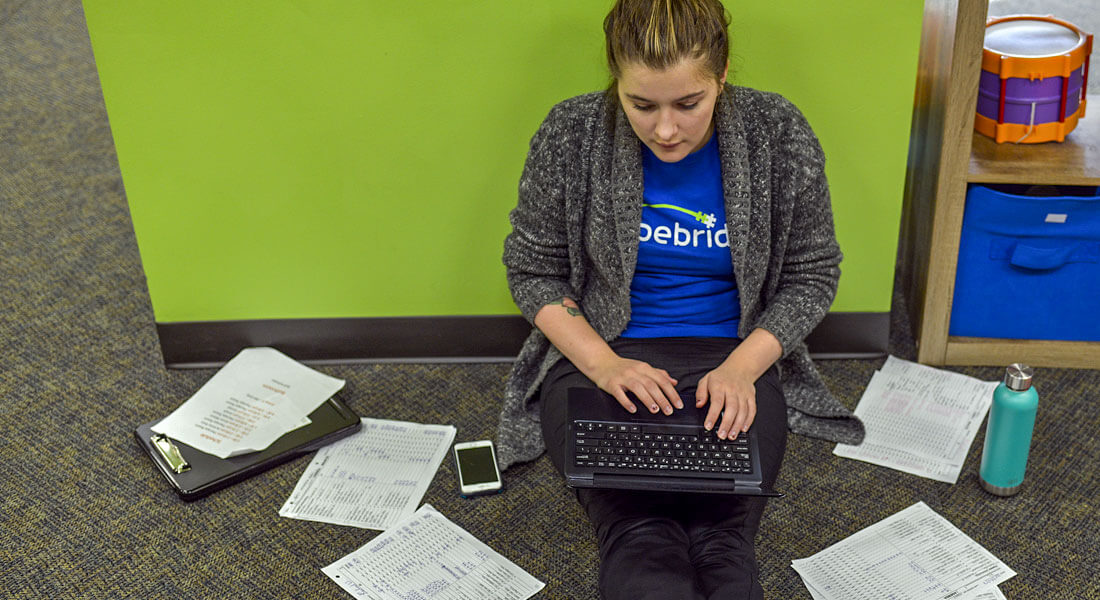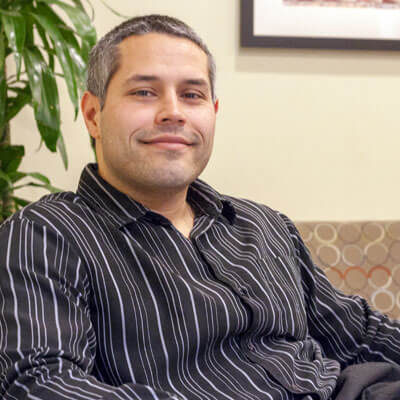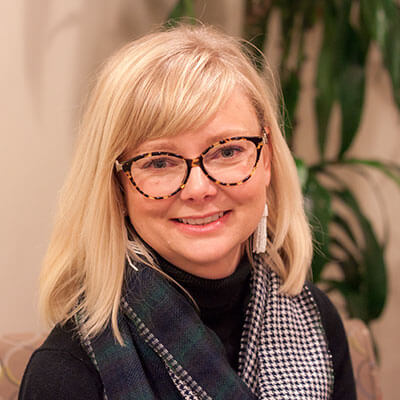Hopebridge Researchers Create New Approach for Teaching Hygiene
April 24, 2018
April 24, 2018

Books, blogs, YouTube videos, podcasts, training guides… As parents, there is an overwhelming amount of information to choose from on everything from sleep to feeding to potty training. For parents and caregivers of children with autism or another delay, the range is narrower, even though they could often use more assistance navigating these challenges. Unfortunately, where extra explanation is often needed – such as in the area of toileting – the available resources are often lacking in necessary details. Frankly, many sources seem hesitant or even embarrassed to talk about the key elements behind the fact that “everybody poops.” Thankfully, a team of researchers sought out to change this.
Cleanliness training is a skill in which so many children with autism spectrum disorder need support, however there is not a lot of guidance on the subject – neither in academic literature nor practical applications – and how to teach it was not always clear. Dr. Kristen L. Byra and Dr. Michael J. Cameron drove this challenge and invited Hopebridge BCBAs Shannon White and Matthew Temple to collaborate on the topic.
Now, just more than two years since initial planning, the team’s work has been published as “An Approach to Cleanliness Training to Support Bathroom Hygiene among Children with Autism Spectrum Disorder,” in Behavior Analysis in Practice.
The study focuses on teaching hygiene after a bowel movement, specifically around cleanliness while “wiping.” This part of training is often rushed or skipped entirely in other literature. By using a combination of simulation with a doll, various trials practicing the labels of “clean” vs. “dirty,” providing a clear model for parent involvement at home, and conducting long-term follow-up, the group successfully trained two young participants. Even better, the article outlines a methodology and criteria for other practitioners to teach the skills to more children.
Social validity was essential throughout this study. If skills were not generalized into the home environment and life was not made easier for the family, the team did not feel the procedure was effective.

Matt Temple – Hopebridge Greenwood
“During the study I became cognizant that more attention needs to be given to practical skills that truly impact a family, rather than skills that have minimal impact,” said Matthew, who also serves as Hopebridge’s Greenwood Clinic Manager.
As another takeaway from the study, Shannon also encourages parents to work closely with their children’s therapy teams. This includes pursuing support, practicing skills in the home environment and constant communication.

Shannon White – Hopebridge Marion
“If you don’t understand how we are working on a goal or how to have success at home, ask us to show you. Don’t hesitate to keep asking until you feel you’ve gotten the information you need!” said Shannon. “Communicate often and honestly so together we can keep pushing towards progress on learning new skills and decreasing deficits.”
While there is currently no medical cure for autism, this study proves that research is always progressing to provide families a better quality of life.
“I encourage families to stay on the ‘HORSE:’ hope, optimism, resiliency, self-efficacy,” said Matthew. “Do this and keep looking to the sunrise; each day is an opportunity for advancement.”
Intended to serve as support and a guide for other practitioners and deliver real results for children, this research also affected the team personally and professionally. The BCBAs received mentorship and counsel from the drivers behind the project, Dr. Byra and Dr. Cameron, while also seeing the work’s direct impact on their day-to-day jobs.
“Learning the mechanics of what is required when conducting research and the thought and work that goes in prior to the actual research made me a better behavior analyst,” said Shannon. “I now work more diligently at being very clear on the procedures I want to use with each of the children on my caseload. I try to make the child’s targets as clear as possible so any RBT, even one who has never worked with that child, could read the procedure and know exactly how to run and record the trial.”
“Working alongside my colleagues, as well as the child in my center who participated in the research, assisted me in becoming more aware of the importance of camaraderie between practitioners,” said Matthew. “Research is akin to mining for gold; sometimes you put in a lot of the work and all you strike is iron. The most important parts of research are the questions being asked, the great team members who assist and mentor, and the tenacity to see it through to the end.”
Interested in learning more about this research or other Hopebridge projects? Follow along on the our blog as we continue to educate around the inspiration and science behind these studies.
Interested in learning more about this research? You can find supplemental materials from Dr. Byra and Dr. Cameron on The Cedar Group’s website. Plus, follow along here on the blog as we continue to educate around the inspiration and science behind this study and other Hopebridge projects.
*Informed consent was obtained from the participants in this article. This information should not be captured and reused without express permission from Hopebridge, LLC. Testimonials are solicited as part of an open casting call process for testimonials from former client caregivers. Hopebridge does not permit clinical employees to solicit or use testimonials about therapeutic services received from current clients (Ethics Code for Behavior Analysts 5.07-5.08; BACB, 2020). Hopebridge does not provide any incentives, compensation, or renumeration for testimonials provided by a former client or client caregiver.
Autism Therapy
September 15, 2021
Hopebridge Behavior Analysts Receive Exclusive PEAK Training from Dr. Adam Hahs
Autism Therapy
March 03, 2021
How to Help a Child with Delays in Motor Skills and When to Get Support
Autism Therapy
September 05, 2025
Hopebridge Continues to Grow Autism Therapy Services in Founding State of Indiana